
Senegalese wrestling is a sport that has conquered the heart of all Senegalese. Inflaming the passions, many Senegalese reserve their seats in the arena to see their favorite wrestlers. Tyson, Mor Fadam, Manga II, Balla Beye 1 & 2, these names of wrestlers have marked the stars of the Senegalese wrestling and still unleash today the passions and cries of joy. The wrestlers’ stamps, over the years, reach 30 to 50 million FCFA. It’s incredible ! Initially, the Senegalese wrestling was a sport that determined the champion of a village at the end of the harvests in the ethnic Sereres and Diolas. Today, this sport has become as popular as football. There is a federation that organizes battles involving wrestlers from Senegal, Ivory Coast, Nigeria and Burkina Faso.
What is the Senegalese wrestling?
Senegalese wrestling (“Laamb en Wolof”) is a popular, traditional sport from Senegal. Indeed, it takes place in particular in the regions of Casamance, Ziguinchor and Sine-Saloum. Incorporating boxing techniques, it is called “fight with strikes”. This sport brings together a physical, spiritual, cultural and folkloric dimension (bakk). Also, popular as football, it attracts many spectators and lots of young athletes.
There are two forms of Senegalese wrestling (“Laamb en Wolof”),
- 1) Wrestlers fight each other with their bare hands.
- 2) The second is more acrobatic. When a fighter’s back touches the ground, the fight is over and he’s lost.
So, wrestler has the choice to resort to either hand-to-hand fighting while beating his opponent. Majority of wrestlers from Senegal come from the superb Mbolo wrestling school in Pikine (suburb of Dakar). This school has launched many champions such as Manga II, Mor Fadam, and the famous Tyson.
 |
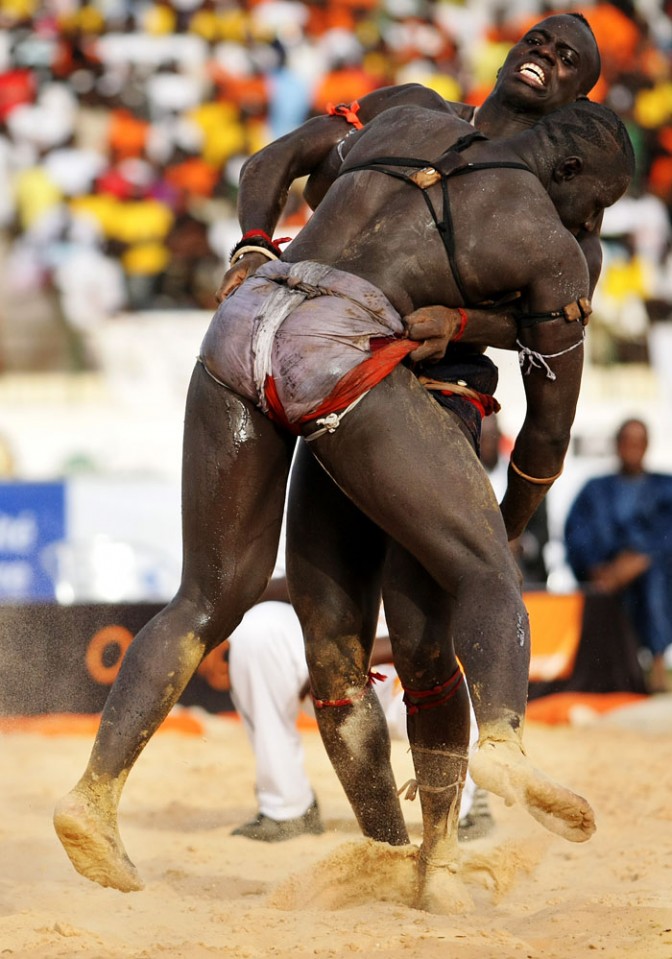 |
Where do the origins of this sport come from?
Going back to the past, the Sérères and the Diolas practiced this sport to determine the strongman of the village. The men were fighting to see who were the great champion. The Senegalese wrestling was practiced at the end of the harvest. True cultural folklore, this struggle made it possible to determine the champion, the hero, the fighter of a whole village. The winner won cattle, cereals and other presents. It was a great pride for all. The first fighting normally took place after the rainy season, and the wrestlers from various surrounding villages (mbaapat) were fighting. More precisely in the regions of Siné-Saloum, Casamance, etc.
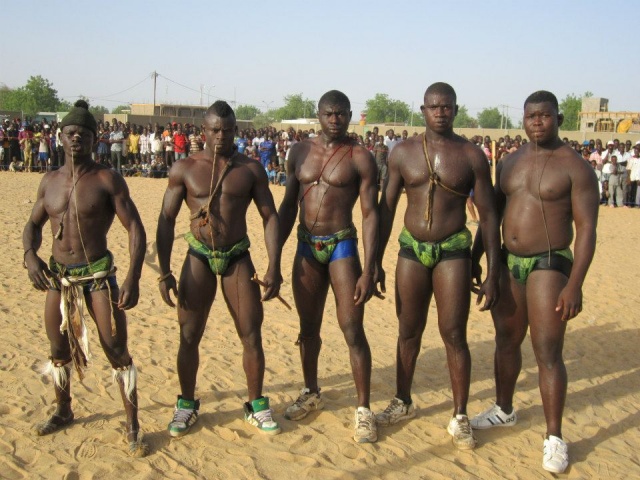
What are the rules of the Senegalese wrestling?
First of all, the arena is delimited by a circle of sandbags. There are three referees. Generally, the fights take place on Saturday or Sunday, often in the Demba Diop stadium and the most popular in the Léopold-Sédar-Senghor stadium.
Secondly, the wrestlers fight with their bare hands. A fight lasts 2 times 10 minutes. Often, there are extensions. The fight is over when a wrestler falls. Specifically, when the wrestler’s head, back, buttocks touch the floor, fall out of the circle, or have four supports (two hands and two knees).
Its specificity is that one can give punches to the face and the body like boxing. Formerly, it was enough to be well built to be a good wrestler. But, with the entry of combat sports practices (boxing), it’s not as easy. It is now necessary to possess athletic, technical, mental and tactical qualities. Wrestlers practice bodybuilding enormously, because it has become a real asset to win the fighting.
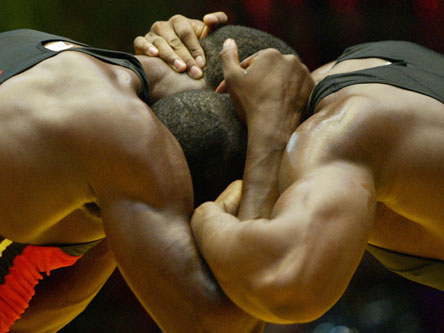 |
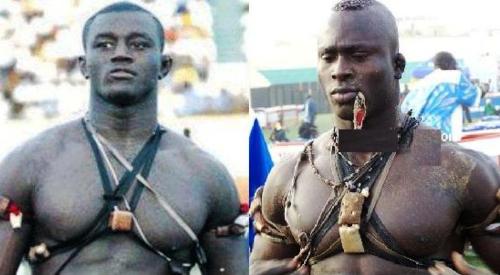 |
Senegalese wrestling, mystical and ritual dimension?
Senegalese wrestling (“Laamb en Wolof”) is followed by mystical ceremonies, rituals to ward off bad spells before each game. This sport is supported by the bravery of wrestlers. This is to stimulate, galvanize the wrestlers. A procession of marabouts accompanied the combatants. The protégés each have gray-gray to protect them from bad fate and regularly make ritual baths. Before the fight begins, the wrestler surrenders to the “Baccou”. The aim of baccou is to intimidate his opponent by singing his prowess and seducing the public. All this is accompanied by tam-tam songs, songs of the wrestlers, public acclamations. Senegalese wrestling is a sport not to be missed.
Some names of champions: Manga II, Mor Fadam, and the famous Tyson (Mouhamed Ndao), Balla Beye 1 & 2, Falaye Baldé, Bombardier, Eumeu Sene, Manga 2, etc.
Tyson (Mouhamed Ndao) has propelled this sport. He is a Senegalese wrestler par excellence from 1995 to 2002. Tyson is a colossus of more than 1m98, with 130kg of muscles which has become a true example for all Senegalese youth.
What are the salaries and wages of wrestlers?
As popular as football, the Senegalese wrestlingarouses a real enthusiasm throughout the country. Promoters, televisions and sponsors are prepared to pay enormous sums to the wrestlers so that their names, logos, advertising spots are next to the champions.
The salaries can reach 30 to 50 million FCFA for the fighters of the category heavy vehicles. On 14 May, a fight resulted in between 80 and 200 million FCFA. It’s a madness! This sport, which allowed the departure to designate the champion of a village. Today, this sport has become a real institution, a rewarding business, which stimulates all Senegalese.
 |
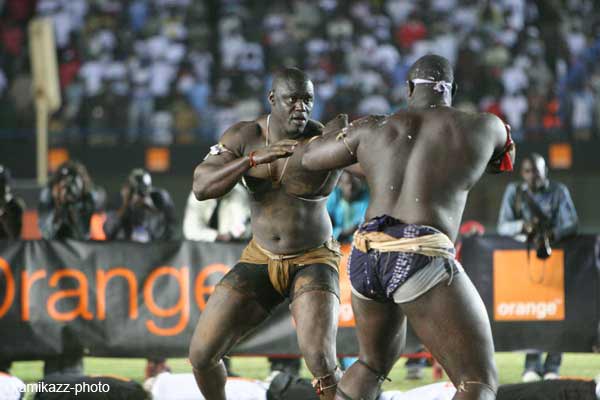 |
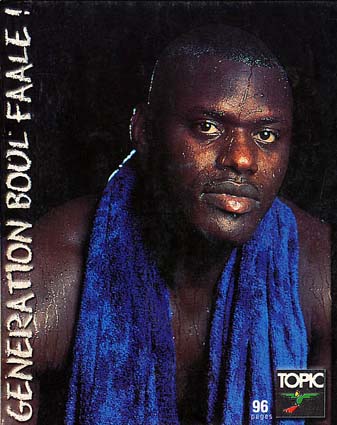 |
 |
Have you had the chance to see a Senegalese wrestling? Where did you participate in one of these fights? Share your experience?


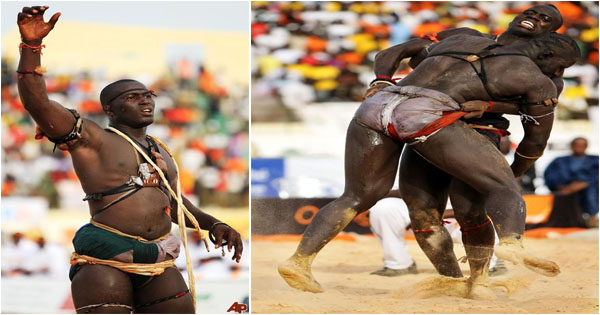







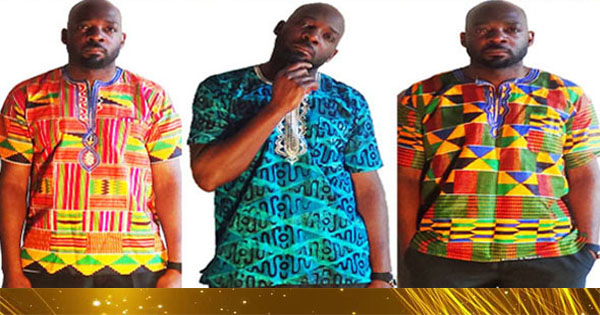
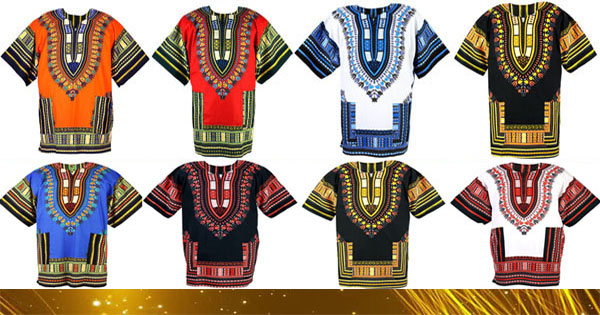

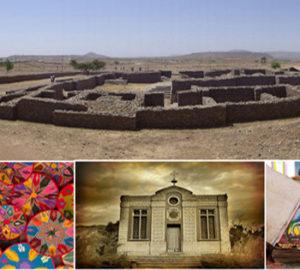
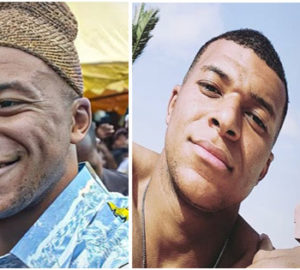





Hello,
I’m Assyl LAGHA, i am Tunisian and french and i live in France since 2020.
I have got a baccaloreate in wrestling in Tunisia and then i desided to move to France because i have much goals in sport.
I have got a training licence in France and i give grappling lessons here, i’m also one of the representents of Jujitsu in Monaco.
I’m a blue belt in BJJ and brown belt in Judo as well.
I went to Egypt for a traning session and started my MMA career there.
Now i am a school animator in France.
I’m searching for an internship in wrestling in Dakar to improuve my knowledge.
Thank you for your attention.